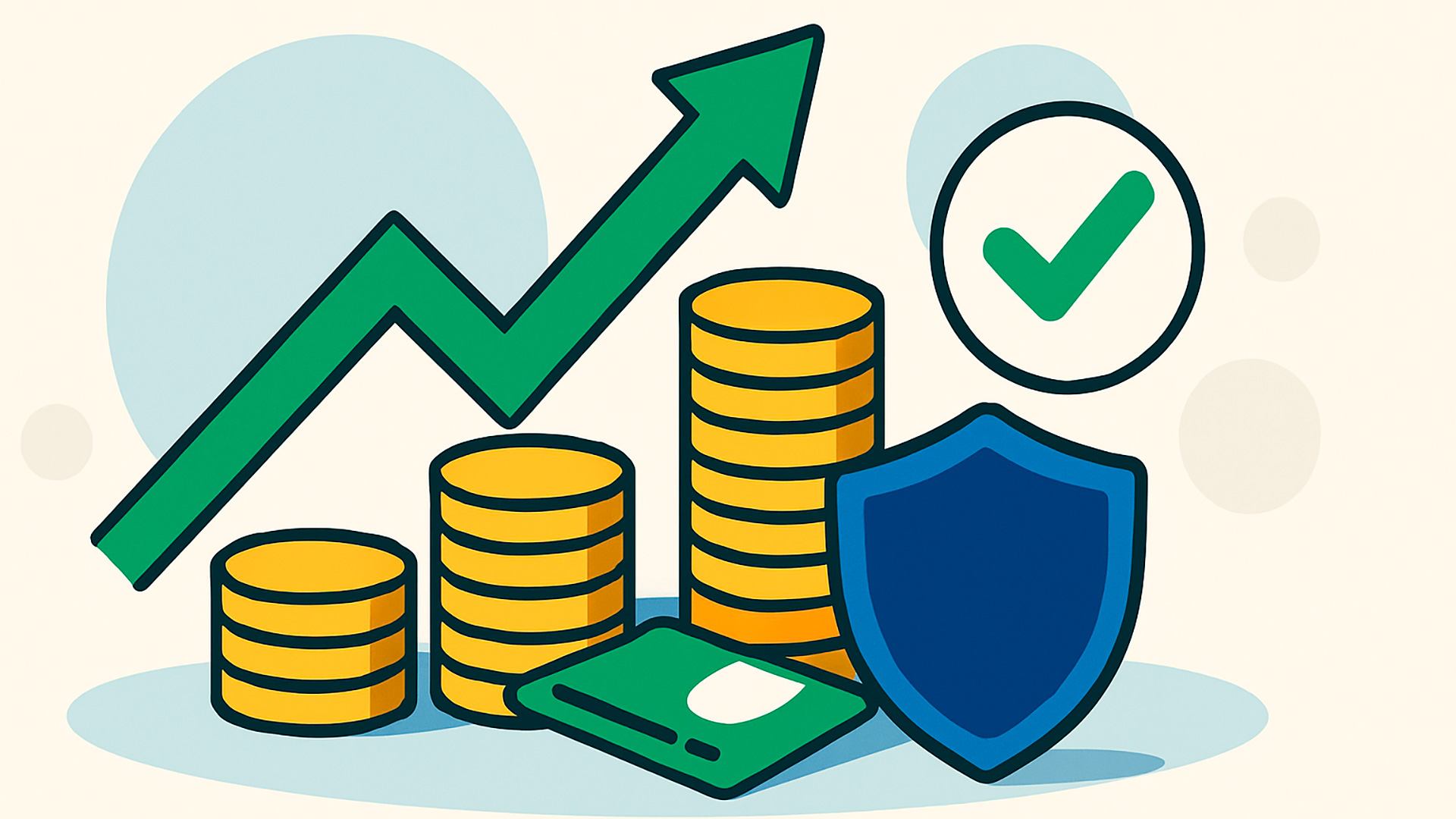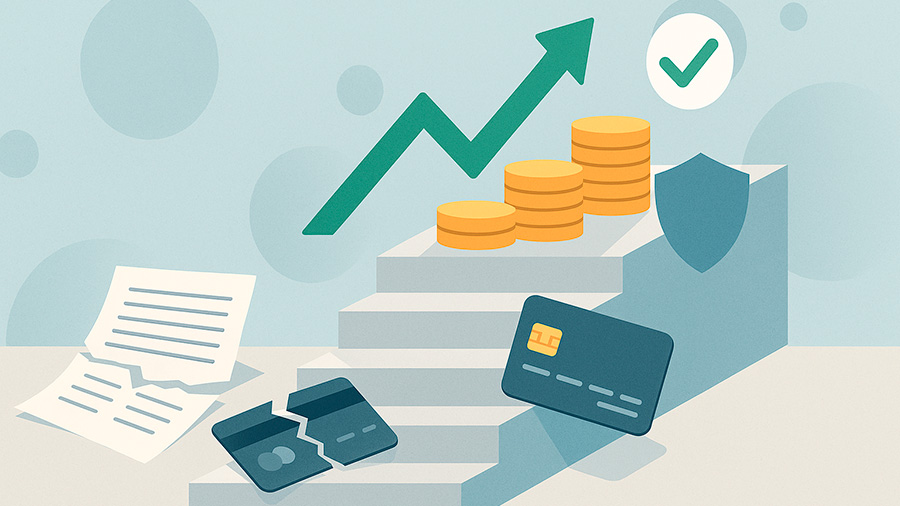
When someone goes through bankruptcy, it often feels like the end of the road for their financial future. Creditors are paid, debts are wiped out, and for a while, every option seems to vanish. Yet bankruptcy, despite its heavy emotional and financial weight, is not a life sentence. Many people discover that this legal process is actually a chance to reset, to learn from past mistakes, and to approach credit with a new mindset. One of the questions that often arises in this context is whether tools like alternative financing platforms can play a role in recovery, and what it really means to start fresh in a world where credit is both a necessity and a challenge.
The Aftermath of Bankruptcy
Declaring bankruptcy reshapes the way banks, lenders, and even landlords view a person. Credit scores drop significantly, usually by 150 to 240 points, depending on the type of bankruptcy filed. This decline immediately affects access to credit cards, car loans, or mortgages. For many individuals, the bigger hurdle is the stigma attached to bankruptcy—friends, family, and even employers may view it as financial irresponsibility rather than what it often is: a legal tool for survival. Still, life must go on. Bills still arrive, unexpected expenses still occur, and the need to borrow doesn’t disappear just because a court order has discharged previous debts.
Rebuilding Credit: The First Steps
Once bankruptcy is complete, the journey toward financial health begins with rebuilding trust. The most effective strategies include:
- Secured Credit Cards: These require a deposit that becomes your credit limit. They are low-risk for the bank but high-value for rebuilding credit.
- Credit-Builder Loans: Small installment loans specifically designed to help individuals establish payment history again.
- On-Time Payments: Utilities, cell phone bills, or even subscription services can help prove consistency when reported to credit agencies.
The idea is not to rush into large amounts of debt but to demonstrate reliability in small, consistent steps. Over time, this pattern starts to heal a damaged credit profile.
How Modern Financing Options Fit In
In recent years, new financial services have emerged that provide alternatives to traditional banks. These platforms offer installment payment options at checkout, giving consumers flexibility without requiring a revolving credit card. For individuals recovering from bankruptcy, these services can feel like a lifeline—especially when traditional institutions are unwilling to extend credit. However, their usefulness depends heavily on responsible usage and an understanding of the risks involved.
Using Affirm in Bankruptcy Recovery
One of the more well-known options is Affirm. The concept is straightforward: instead of paying the full price of a purchase upfront, you split it into smaller payments over time. The platform evaluates eligibility using a soft credit check, which doesn’t affect your score. For someone fresh out of bankruptcy, this may be an appealing option, as traditional lenders might turn them away. Still, it’s important to approach such services carefully. Using Affirm in bankruptcy situations—or more accurately, after bankruptcy—can help re-establish positive payment history, but only if payments are made consistently and without overextending.
Comparing Traditional and Modern Credit Recovery Tools
It can be difficult to decide whether to rely on new digital lending platforms or stick with traditional credit-rebuilding products. Each has its pros and cons. Below is a simplified comparison:
| Method | Advantages | Drawbacks |
|---|---|---|
| Secured Credit Cards | Report directly to credit bureaus; predictable credit building | Require upfront deposit; low credit limit |
| Credit-Builder Loans | Designed for rebuilding; structured monthly payments | Funds may not be immediately available; interest costs |
| Using Affirm | No revolving credit; soft credit check; accessible after bankruptcy | May encourage overspending; not always reported to all bureaus |
This balance shows that no single tool works perfectly in isolation. A successful recovery plan usually involves a blend of these options, with a focus on discipline and long-term goals.

Behavioral Shifts That Drive Recovery
Numbers and tools matter, but the deeper transformation after bankruptcy often comes from behavior. People who rebuild effectively tend to change the way they think about money. They budget differently, focusing more on needs than wants. They save for emergencies, so a single car repair doesn’t lead to financial disaster. They approach credit with caution, viewing it as a resource rather than a lifeline. Most importantly, they recognize the signs of overspending before they spiral out of control again. This mindset shift is where true recovery begins, even before credit scores improve.
Small Habits, Big Results
Some of the most effective changes are surprisingly simple. Automating payments ensures bills are never forgotten. Checking credit reports every few months allows borrowers to track progress and correct errors. Using cash or debit for everyday spending keeps debt at bay. These habits create a stable environment where tools like Affirm, secured cards, or builder loans can function effectively, helping to create a new financial identity.
When Access to Credit Becomes Possible Again
Time is both a curse and a cure after bankruptcy. Depending on the type, it can remain on a credit report for seven to ten years. Yet lenders don’t always wait that long to consider applicants again. With steady proof of financial discipline, individuals can qualify for car loans within a year or two, and even mortgages in four to five years. In the meantime, smaller options like installment plans or secured cards fill the gap. Using Affirm in bankruptcy recovery scenarios isn’t about large purchases; it’s about keeping financial activity alive in a way that demonstrates reliability.
Common Pitfalls to Avoid
Many people stumble on their way back to financial health. Some of the most frequent mistakes include:
- Taking on too much too soon: Jumping back into high-interest credit cards or large personal loans can undo progress.
- Ignoring budgeting: Without clear spending limits, even small installment plans can pile up quickly.
- Forgetting to monitor credit reports: Errors or outdated information can slow rebuilding efforts significantly.
Avoiding these missteps is just as important as making the right moves forward.
Case Studies: Real-Life Recovery Journeys
Consider Sarah, who filed Chapter 7 bankruptcy at age 32 after medical bills overwhelmed her. Within six months, she obtained a secured credit card and made only small charges, paying them off monthly. Later, she tried a buy-now-pay-later platform for a laptop purchase, making every payment on time. By year three, her credit score had climbed by more than 100 points. Then there’s David, who filed Chapter 13 and spent five years on a repayment plan. During that time, he carefully built savings and used builder loans to re-establish credit. When the bankruptcy was discharged, he was positioned to apply for a car loan almost immediately. These stories illustrate that while every path is different, consistent habits and careful use of credit tools work universally.
The Bigger Picture: Financial Resilience
Bankruptcy forces people to reconsider their relationship with money. It teaches painful but valuable lessons about risk, overspending, and planning for the unexpected. While tools like secured cards, builder loans, and even using Affirm in bankruptcy recovery can all play a role, the real success lies in creating a system where financial shocks don’t turn into crises. A stable financial future isn’t just about credit—it’s about resilience, balance, and the confidence to face challenges without collapsing under them.
A New Chapter, Not the End
Bankruptcy may seem like the closing of one book, but in reality, it is just the end of a chapter. What follows can be even stronger, smarter, and more sustainable than what came before. With the right tools, from traditional secured credit cards to modern installment platforms, recovery is not only possible but probable. Using Affirm in bankruptcy situations is just one example of how new solutions can fit into this recovery landscape. The real key is discipline, patience, and a commitment to financial habits that prioritize long-term stability over short-term satisfaction. For anyone starting fresh after bankruptcy, the path may be long, but it leads toward a brighter and more confident financial future.
